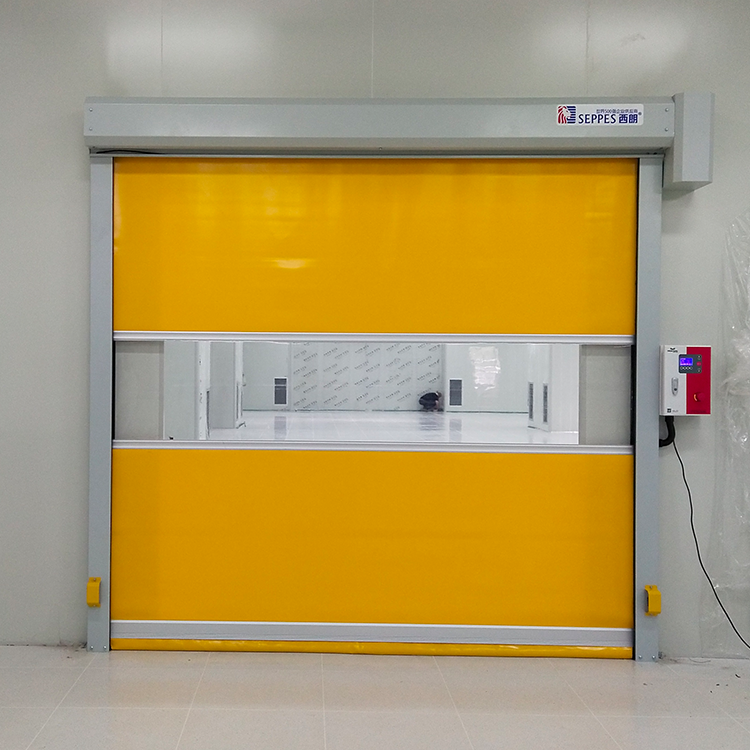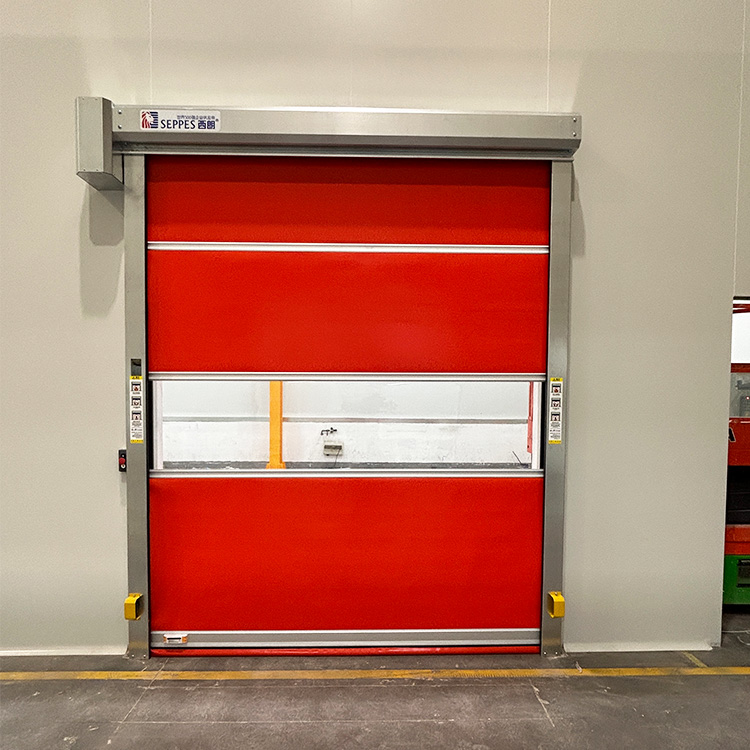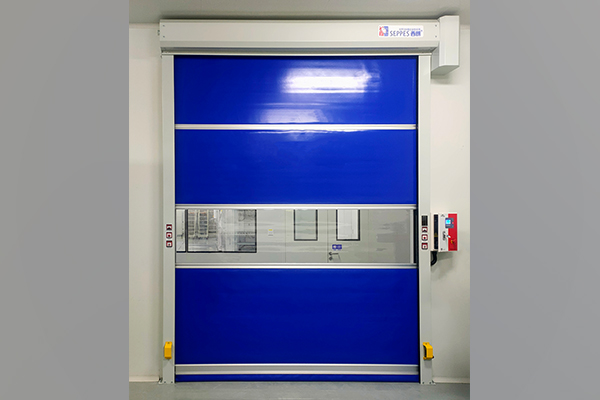In the wood processing industry, improving production efficiency, protecting product quality, and optimizing the factory environment are critical concerns. With advancements in technology, more wood processing plants are opting to install high speed doors. These doors not only enhance operational efficiency but also offer significant advantages in pollution control, energy conservation, and safety.
1. Enhancing Production Efficiency
In wood processing plants, the movement of materials and semi-finished products between different areas is frequent. Traditional doors, with their slow opening and closing speeds, can cause bottlenecks in logistics, negatively impacting production efficiency. High speed doors, however, operate at much faster speeds, significantly reducing the time needed to open and close doors. This allows for smoother material flow and boosts overall production efficiency. Additionally, the automation of these doors reduces delays caused by human error, improving the factory's production pace and order processing speed.
2. Preventing Contamination and Protecting Product Quality
Wood processing generates a significant amount of dust and debris, which can contaminate other areas of the factory if not properly contained. High speed doors offer superior sealing capabilities, effectively isolating different production zones and preventing the spread of dust and contaminants. This not only helps maintain a cleaner production environment but also ensures the quality of the finished products. Furthermore, it can extend the lifespan of machinery by reducing the amount of dust and debris that enters equipment, lowering cleaning and maintenance costs.
3. Energy Conservation and Cost Reduction
Wood processing plants often need to maintain specific temperature and humidity conditions to ensure the quality of the wood during processing and storage. High speed doors, with their excellent sealing properties and rapid operation, help minimize the loss of conditioned air, reducing the need for heating, ventilation, and dehumidification systems. This leads to significant energy savings and lower operational costs, aligning with the industry’s increasing focus on sustainability and environmental responsibility.
4. Enhancing Safety
Wood processing plants are complex environments with numerous personnel and machinery in operation, making safety a top priority. High speed doors are equipped with advanced sensor systems that can detect obstacles and automatically stop or reverse the door's motion, preventing accidents. This smart safety feature significantly reduces the risk of workplace injuries, ensuring the safe operation of the plant.
5. Easy Ma intenance and Extended Lifespan
High speed doors are designed with simplicity and automation in mind, making them easy to maintain. Regular inspections of the door structure and drive systems can ensure long-term, stable operation. Compared to traditional doors, high speed doors have a longer lifespan and a lower failure rate, reducing downtime due to equipment malfunctions. This leads to improved production continuity and economic efficiency.

In conclusion, the installation of high speed doors in wood processing plants offers numerous benefits, including increased production efficiency, protection of product quality, energy savings, and enhanced safety. This technology not only helps plants stay competitive in the current market but also supports their sustainable development. As the wood processing industry continues to modernize, the use of high speed doors is expected to become increasingly common, marking a significant step forward in the industry’s evolution.




Comment (0)